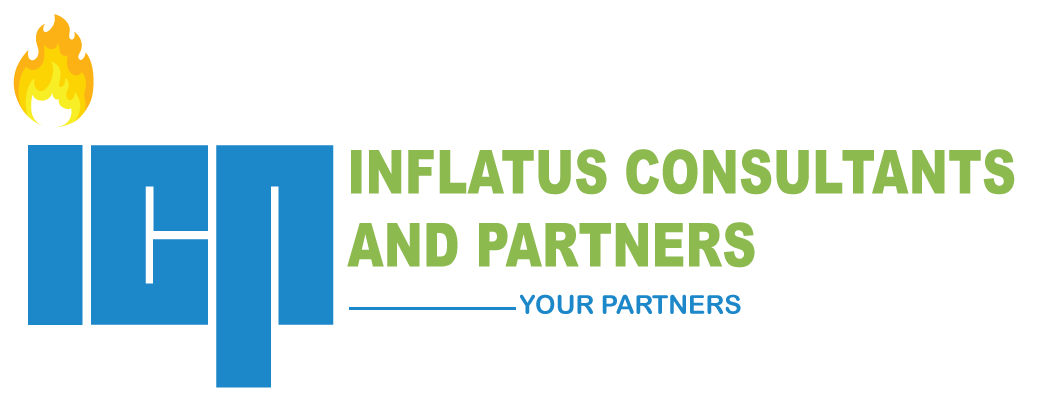Lessons From Project Management 4 – Risk Management and Goal Setting

In the first three parts of this series, I discussed the need for detailed Execution Plan, Goal Visibility and Accountability Partnership, to increase the odds in favor of accomplishing our goals. I would advise very strongly that you read those posts to gain a broad view of the subject.
Today I discuss another project management best practice that has become immensely popular in recent times, especially in developing countries. It is the subject of risk management, and it is based on the realization that hardly is any project, including your goals, executed as planned, due to unforeseen circumstances.
That is an acknowledgement of Murphy’s Law”
“Anything that can go wrong will go wrong”
Or its more extreme variant, Finagle’s law of dynamic negatives, also known as Melody’s law:
“Anything that can go wrong will go wrong at the worst possible moment.”
Therefore, risk management aims at ensuring that those factors do not derail the project or prevent it from realizing its objectives
Well, it is not only bad things that affect project execution and the attainment of project objectives. Some good things, such as the delivery of a major equipment earlier than planned, also happen. But what if this equipment requires controlled atmosphere or special preservation before installation? Without prior arrangement, this can become a major problem.
So, risks are not all bad things. Some risks are good things. These are known as opportunities in risk management parlance. Therefore, risk management aims at reducing the negative impact of adverse circumstances on project objectives and maximizing the value of opportunities for the benefit of the project.
That is why the Project Management Body of Knowledge (PMBOK) Guide, 6th Edition, of the Project Management Institute defines a risk as:
“An uncertain event or condition that, if it occurs, has a positive or negative effect on one or more project objectives.”
Therefore, project management best practice demands that project teams acknowledge that the project is likely to be impacted by external factors (some with deleterious effects on project objectives) and make plans to safeguard project objectives (cost, time, quality, performance, stakeholders’ satisfaction, etc).
The usual process consists of the following steps:
- Risk Identification: Identifying events that can affect project objectives
- Documenting them in a Risk Register
- Risk Analysis: Assessing the likelihood that they would occur and the impact that they would have
- Risk Response Planning: Making plans to minimize their impact if they cannot be eliminated
- Risk Response: Monitoring them, as project execution gets underway, and managing them as they occur
This is what separates great project teams from the good.
As a matter of fact, risk management has become a specialized field in project management.
But many of us set goals as though we had everything under control, as though we lived alone in the universe? How many of us who set goals or make new year resolutions have given a careful thought to the factors that may affect our ability to achieve those goals? I bet, not many. No wonder we fail!
For instance, take the man whose goal is to kick the habit of smoking. Does he consider the impact his friend who still smokes or may not be willing to quite may have on his ability to kick the habit? Most probably, not!
That friend is a major risk that could make nonsense of his efforts. So long as he continues to meet with this friend at the favorite joint, he will fail.
For him to succeed in kicking the habit he needs to consider the factors that could hinder him from reaching his goal. One of such factors would be his smoking friends and partners. He would need to decide whether he wants to continue with them, if they have no intention of quitting, or to kick the habit. The two cannot go together!
That should eliminate the risk. But he also needs to decide ahead of time what he would do should he find himself in an environment of smokers. This is risk management.
Without it, all the talk about kicking the habit will just be talk. And talk, they say, is cheap!
The same applies to other goals or new year resolutions.
We are three weeks into the second quarter of the year. What has happened to your new year resolution or goals for 2021? Have you achieved any of your goals yet?
What if you have failed again? Should you abandon the goals and go on as if nothing had happened so that you do not feel guilty? That would be returning to square one.
On the other hand, what would it feel like if you gave yourself the chance of achieving 50% of your goals by starting all over again today, instead of zero, at the end of the year by doing nothing?
Send me a message if you need help with your goals or risk management.


